What Sax Mouthpiece Do I Need? Versatile All-Rounders!
11th March 2020There are many saxophone mouthpieces on the market designed to do one job, and do it well! However, equally there are mouthpieces that can fit in just about anywhere. Are you a student or pro that likes to stick to one mouthpiece? A doubler who needs something that does everything? Or maybe you’re just looking to explore a range of styles with a budget? Here are our Top 5 ‘All-Rounder’ mouthpieces that are suited to just about any occasion…
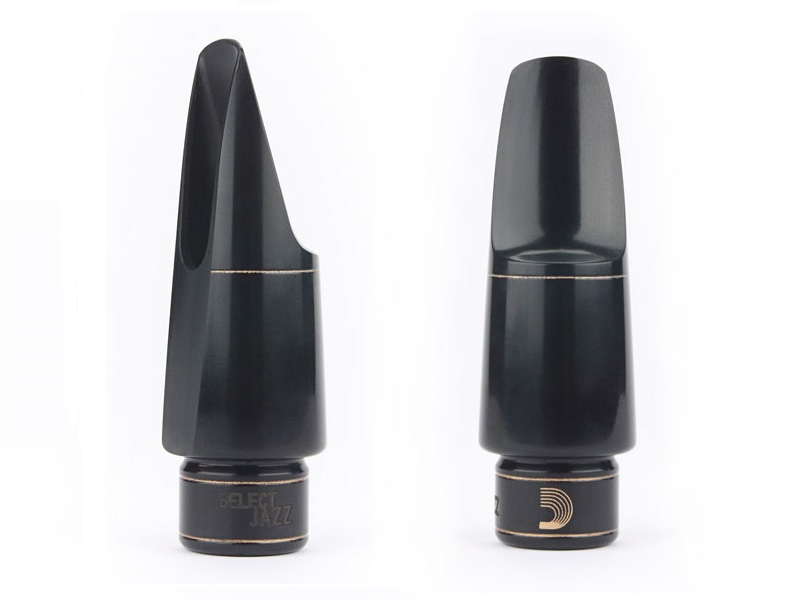
OPTION 1: D’Addario Select Jazz
Jazz by name, and perhaps by nature, but that doesn’t stop the D’Addario Select Jazz (available for Alto & Tenor Sax) from fitting itself in within a number of settings. The tone is rich and round, with the Tenor being modelled after vintage Link style pieces and the Alto having a gentle Meyer influence (with less brightness).
Both offer a lively sound, but not harsh, with great projection and ease of response. These feel like vintage inspired mouthpieces, designed for the modern market. Speaking from experience, having used one myself for a couple of years on Alto, I can also vouch for the versatility! I’ve used it for classical work, using it’s capabilities for a dark, clear tone. But I’ve also taken it to big bands and used it for rock/pop inspired musicals, easily taking it to a bright and lively tone. The D’Addario Select Jazz is a well rounded mouthpiece, available for Alto and Tenor saxes.
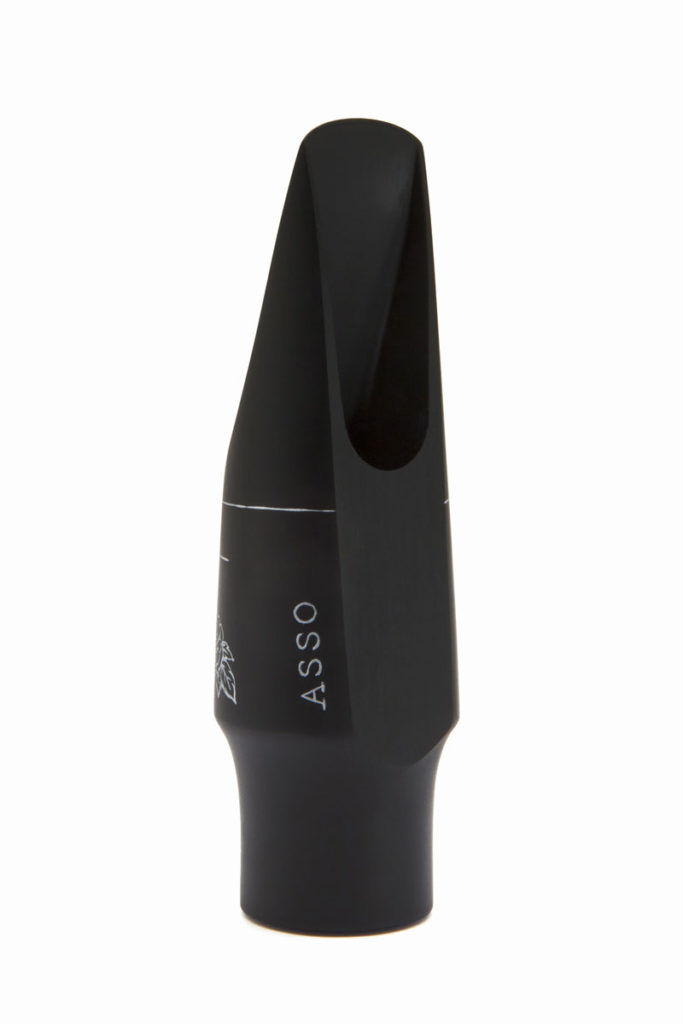
OPTION 2: Aizen SO
The second mouthpiece is another I can attest to from experience. The design of Aizen’s SO mouthpiece (available for Soprano, Alto or Tenor) is based on the best features of the vintage Selmer Soloists, but with perhaps a slight edge to the tone. I really enjoy how crisp the response on this mouthpiece is – it’s very easy to produce precise staccato and a clean attack at any dynamic.
The tone is predominantly rounded and dark, however it’s easy to flip the switch to bright and edgy! I’ve used the Aizen SO for classical solos, big band work, and a range of musical theatre. It’s also incredibly ‘reed-friendly’, responding well to any can reed I’ve used as well as my preferred Legere. You can get the Aizen SO for Soprano, Alto and Tenor saxes.
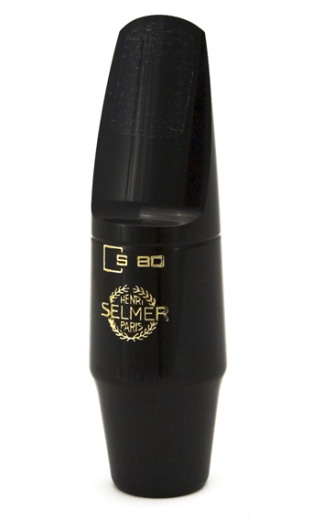
OPTION 3: Selmer S80
The ever-reliable Selmer S80 (especially on Alto or Tenor) also makes this list. I’ve grown up around many people using this mouthpiece. Although this is most notably students looking for their first ebonite mouthpiece, I also know a number of university students, high-end amateurs and professional musicians who use the S80 in a range of settings.
The C* tip opening lends itself best to classical playing, whereas more open tips like the E are suited to a classic jazz sound. Intonation is solid across the registers, and the tone is even throughout the range. It’s square chamber promotes a focussed tone which is predominantly dark but with a huge capacity for brightness. The S80 is available for soprano, alto, tenor and baritone saxes.
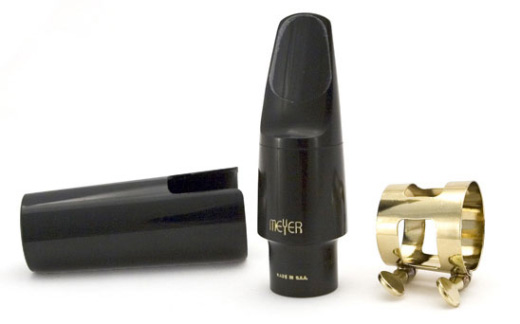
OPTION 4: Meyer Ebonite
My first ebonite mouthpiece was a Meyer Alto Sax 4M. Meyer has been a long-time go-to name for that classic jazz sound in the smaller tip openings (4M/5M), however the mouthpiece isn’t one to be put in a corner. With a slightly crisper tone than it’s competitor, the Otto Link Tone Edge (which is more geared to a ‘smokey’ sound), Meyer mouthpieces give a tone that sits comfortably between mellow and edgy. This is thanks to an open, round, medium sized chamber, with a slight roll-over baffle. I spent a lot of time doing classical work on this piece, but also felt comfortable taking it into theatre pits and big bands also. A great first ebonite mouthpiece, or for doublers looking for something that does a bit of everything. You can get the Meyer for soprano, alto, tenor and baritone saxophones.
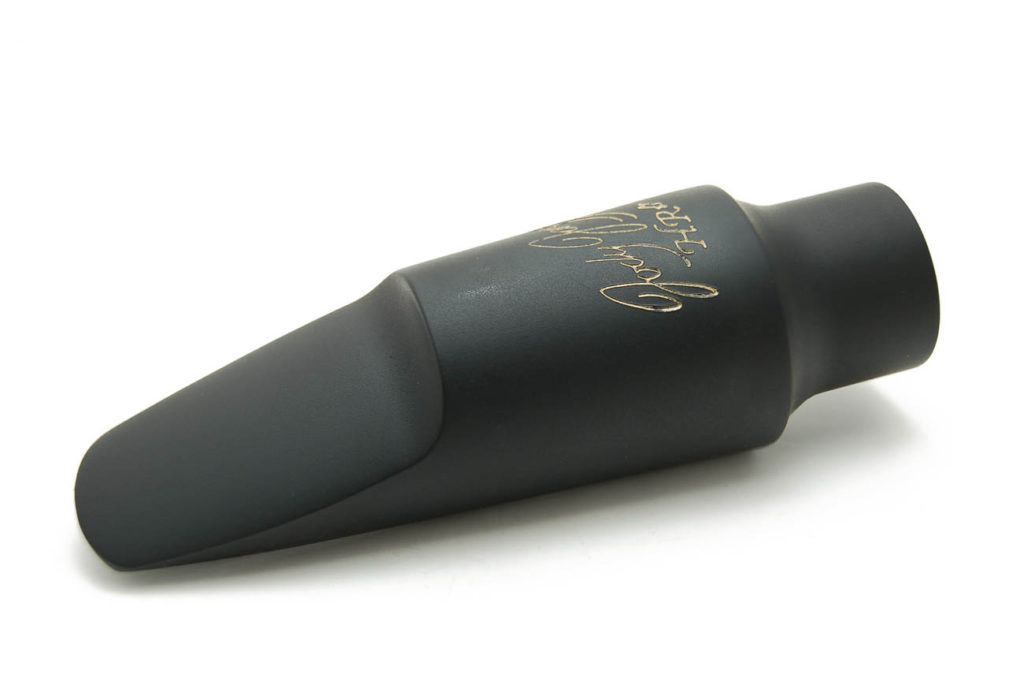
OPTION 5: Jody Jazz HR*
Finally, we have the Jody Jazz HR*. Of all of the mouthpieces on this list, the HR* leans much more towards a free blowing, bright character. However, like other Jody Jazz mouthpieces, it’s easy to soften the tone for a range of genres. The HR* is very free blowing, enabling great projection, but without sacrificing any element of control and stability. Although it’s most at home in a jazz setting, it can easily settle into theatre genres, pop and rock, and even classical. The Jody Jazz HR* is available in models for soprano, alto and tenor saxophones.
Hopefully, with the help of these blogs about sax mouthpieces, we’ve been able to help you recognise what features give a mouthpiece certain characteristics. It’s a great place to start if you know what sound you’re looking for. But the only true test is to come and try them out! If you’d like to try a few mouthpieces in store, get in touch and we can put some aside for you and book a room for your visit.
- What Sax Mouthpiece Do I Need? Rock, Pop & Commerical
- What Sax Mouthpiece Do I Need? Classical
- What Sax Mouthpiece Do I Need? Ebonite Jazz Mouthpieces
Alternatively, you can order online to be delivered to your home. With a 14 day approval period, you can test them in lessons, rehearsals, private practice … anywhere you can, to see if it’s the one for you! If you want to return an item in this time, you’ll receive a refund minus £5 sterilisation and restocking fee.
Jesse – Woodwind Specialist
For more information on any of our products and services, drop us an email or call us on 01628 630800. Our staff are ready to talk all about woodwind and brass!